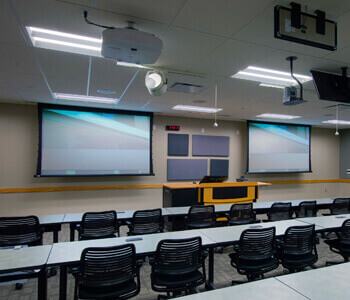In bright lighting environments, motion detection is typically more reliable. When there is sufficient light, sensors and cameras can obtain sharper images, which assists in identifying dynamic objects. Bright environments allow for better distinction between the moving element and the background. This differentiation is essential for both visual observers and automated systems, as it makes it simpler to distinguish between static and moving elements in a setting. Therefore, ensuring that spaces are well-lit can significantly enhance the performance of movement detection systems.
On the other hand, low-light environments can pose difficulties go to this website for movement detection. In dim environments, darkness can obscure dynamic objects, which makes them difficult to perceive. Additionally, the eye struggles to detect movement in dim conditions, which can result in misunderstanding of what is happening in the surroundings. Cameras might also encounter difficulties, as many do not perform well in dim conditions without the use of infrared technology or alternative enhancements. These limitations highlight the importance of sufficient illumination in environments where motion detection is essential.
Moreover, various kinds of lighting can have different impacts on movement detection. For example, fluorescent lights can flicker, which can confuse movement detection systems that depend on consistent illumination input. On the contrary, daylight provides a steady form More Info of lighting that enhances visibility. Comprehending these differences in lighting conditions can guide operators in selecting the most appropriate lighting for specific uses, particularly in surveillance and surveillance situations.

In conclusion, the relationship between lighting conditions and movement detection accuracy is significant. By ensuring that settings are suitably illuminated, we can improve the reliability of motion detection systems. This understanding not only benefits tech applications but also improves security and safety in multiple environments. As further advancements are made in motion detection technology, considering illumination environments will continue to be a crucial factor in optimizing effectiveness and guaranteeing that these technologies function effectively in different environments.